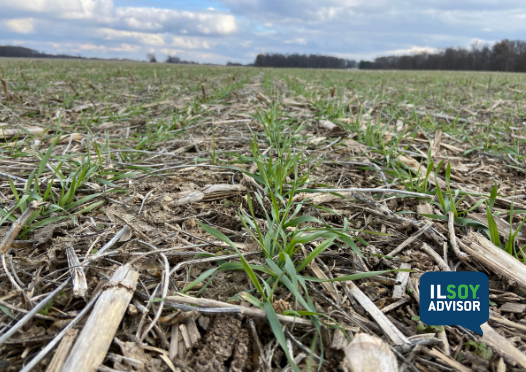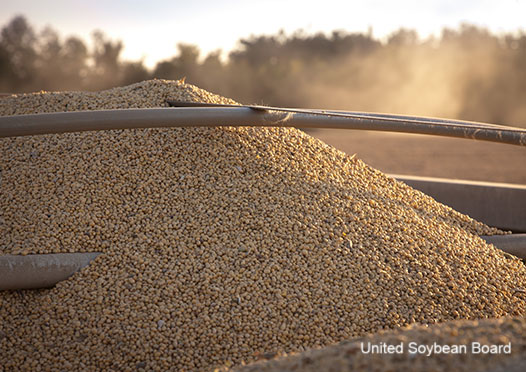ILSOYADVISOR POST
Weed Management: Is it Time to Adopt Liberty?
Weed resistance is a reality. We all know the days of relying on glyphosate to control all weeds, regardless of when sprayed, are long gone. There will probably never be another herbicide that worked like glyphosate did on Roundup Ready® crops. And even if one came on the market, we would want to deploy effective strategies to prevent resistance from occurring.
Growers are challenged with managing herbicide resistant marestail, waterhemp, Palmer amaranth and ragweed. Sometimes they are resistant and sometimes they get too tall to control. Growers need all the options available including using residuals, tank-mixing multiple modes of action, switching modes of action between corn and soybeans, and deploying traits like Liberty® (glufosinate) and soon to come dicamba and 2,4-D.
LibertyLink® soybeans are being grown today. Planting LibertyLink soybeans (and corn) can help resolve herbicide-resistant issues and reduce the emphasis on using the glyphosate that we have been over-dependent on for the last two decades. Glyphosate resistance is found in these problem weeds and often in conjunction with site 2 resistance (ALS inhibitors) or site 14 herbicides (PPO inhibitors – fomesafen, Cobra®).
Post applications of Liberty can be very effective for control of marestail, pigweed and ragweed when used properly and with other herbicides. Liberty should not be used alone, but as part of a herbicide program that includes a preplant burndown application or tillage for a weed free seedbed followed by a residual herbicides.
If you choose to adopt Liberty and break away from dependence on glyphosate, herbicide management is critical. In all cases now, weeds have to be controlled when under 4 inches tall. That is not always an easy task, but it’s important for greatest efficacy. Finally, pay attention to surface, rate, volume and pressure to get good coverage.
Remember, glufosinate is a contact herbicide. Labels specify a minimum application volume of 15 gpa, but 20 gpa may be more effective. Nozzle and adjuvant selection should be geared toward production of medium-sized droplets. Avoid a nozzle whose droplet distribution is biased towards either fine or large droplets. And glufosinate activity is reduced when conditions are cool and cloudy, similar to glyphosate. Post applications should be made during periods of relatively warm and sunny weather to optimize efficacy.
At this summer’s ILSoyAdvisor soybean field day (August 2, 3 and 4) we anticipate having a breakout session on how to adopt and effectively utilize the Liberty system to help combat the complex weed control challenges growers are facing in Illinois.
Agronomist Dr. Daniel Davidson posts blogs on agronomy-related topics. Feel free to contact him at djdavidson@agwrite.com.





Comments
Add new comment